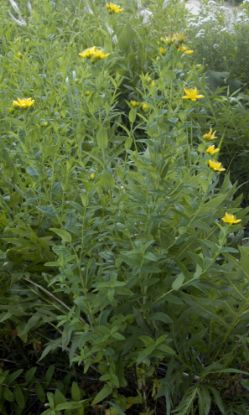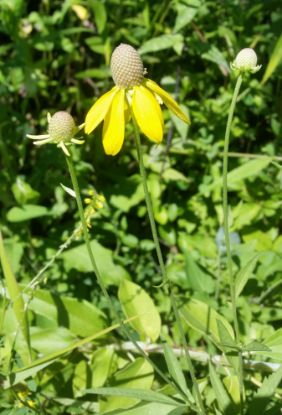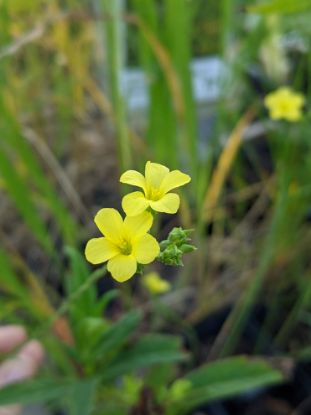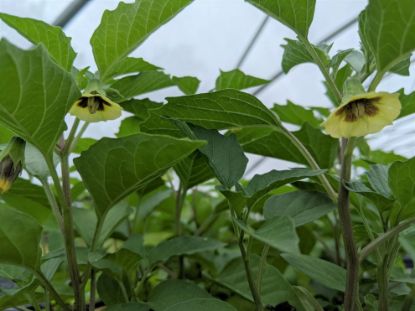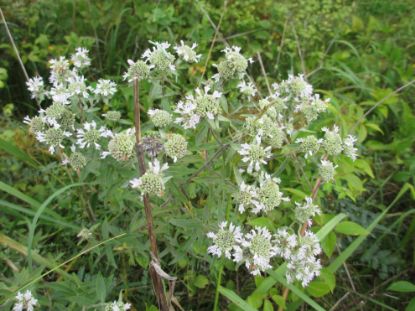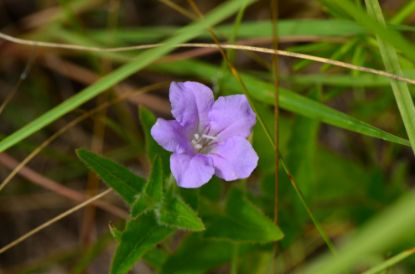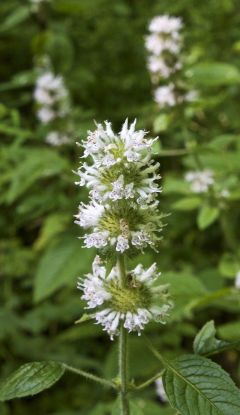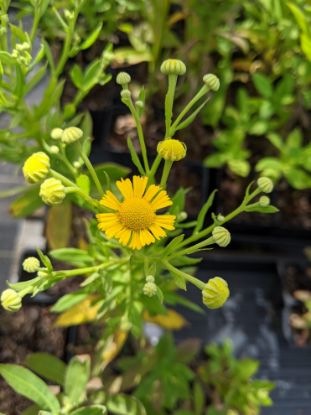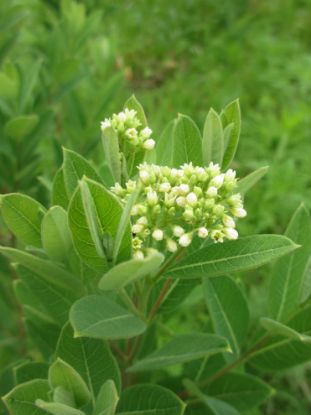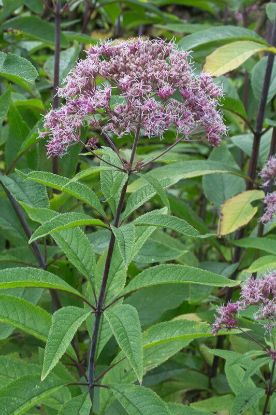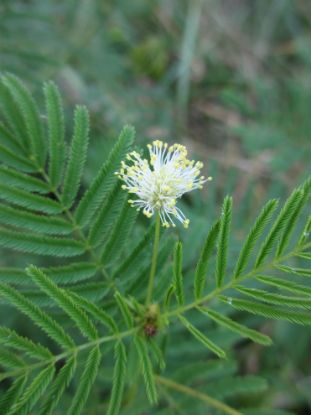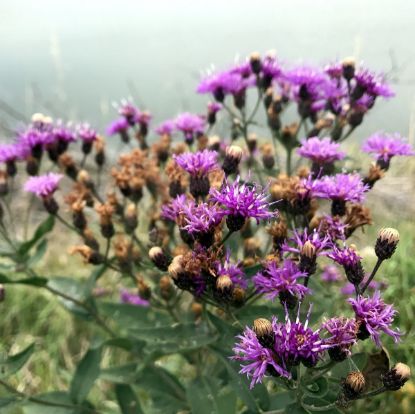Filter by attributes
Wildflowers
Sort by
Display
per page
View as
204 products found
Great Plains Goldentop (Euthamia gymnospermoides)
Prefers full sun and may spread quickly with its rhizomatous; better for larger gardens. Attracts many insects with its nectar, pollen, and foliage. Not preferred by rabbit or deer.
I'm sleeping right now. See you in the spring.
$6.00
Great St. John's Wort (Hypericum pyramidatum)
Great food source for pollinators; not preferred by mammals. Native to moist, open-wooded areas. Large plant, with flowers lasting only a few weeks, but great foliage texture.
I'm sleeping right now. See you in the spring.
$6.00
Grey-headed Coneflower (Ratibida pinnata)
Plant with grasses or other tall perennials to help support the long, slender stalk. Fragrant seedheads. Seeds enjoyed by birds, especially Goldfinches. Visited by many small sweat bees.
I'm sleeping right now. See you in the spring.
$6.00
Grooved Flax (Linum sulcatum)
An annual. A thin, upright plant with subtle beauty that may be best clustered together. It may reseed and return the following year in the right conditions. Flowers are open in the morning.
I'm sleeping right now. See you in the spring.
$6.00
Ground Cherry (Physalis sp.)
Unsure which species, but we think P. angulata, which is an annual ground cherry with a large taproot. Otherwise may be a rhizomatous perennial. Fruits are edible.
I'm sleeping right now. See you in the spring.
From $6.00
Hairy Mountain Mint (Pycnanthemum verticillatum)
Pollinators love this plant! Strong mint fragrance. A study in KC showed that Pycnanthemum is one of the plant genera in our area that attracts the largest number of different bee species.
I'm sleeping right now. See you in the spring.
$6.00
Hairy Petunia (Ruellia humilis)
Long blooming plant, great for boarders. Host to the Common Buckeye butterfly.
I'm sleeping right now. See you in the spring.
$6.00
Hairy Wood Mint (Blephilia hirsuta)
Can take shadier and wetter conditions than Blephilia ciliata. A great, spreading, pollinator plant for your shade garden. Smells deliciously minty.
I'm sleeping right now. See you in the spring.
$6.00
Helen's Flower (Helenium autumnale)
Blooms are cute as a button. Use in a consistently moist rain garden (doesn’t like to dry out). Can be cut back in June to produce a shorter, fuller plant. Deadhead for longer blooms.
I'm sleeping right now. See you in the spring.
$6.00
Hemp Dogbane (Apocynum cannabinum)
Host to the hummingbird clearwing Hemaris diffinis. Often confused with common milkweed when it's younger. Popular with many small pollinators. Can be aggressive from horizontal roots.
I'm sleeping right now. See you in the spring.
$6.00
Hoary Vervain (Verbena stricta)
Larval host for the Common Buckeye Butterfly. Grows well in hot/dry “bad” soil. Doesn’t compete well with aggressive plants.
I'm sleeping right now. See you in the spring.
$6.00
Hollowstem Joe Pye (Eutrochium fistulosum)
The tallest Joe Pye. Typically avoided by mammals, but a favorite of many pollinators. May flop or you can stake it up.
I'm sleeping right now. See you in the spring.
$6.00
Illinois Bundleflower (Desmanthus illinoensis)
Interesting leaf structure and seed pods.
I'm sleeping right now. See you in the spring.
$6.00
Illinois Trefoil (Desmodium illinoense)
You often find the seeds of this genus sticking to you after a hike – these seeds are eaten by lots of wildlife. Flowers of this plant aren’t especially showy, but the plant is great for insects, birds, and mammals.
Out of stock
$6.00
Ironweed (Vernonia baldwinii)
Great plant for the pollinators; attracts several butterflies, moths, and bees. Can be aggressive. Deer/rabbit don’t prefer.
I'm sleeping right now. See you in the spring.
$6.00

